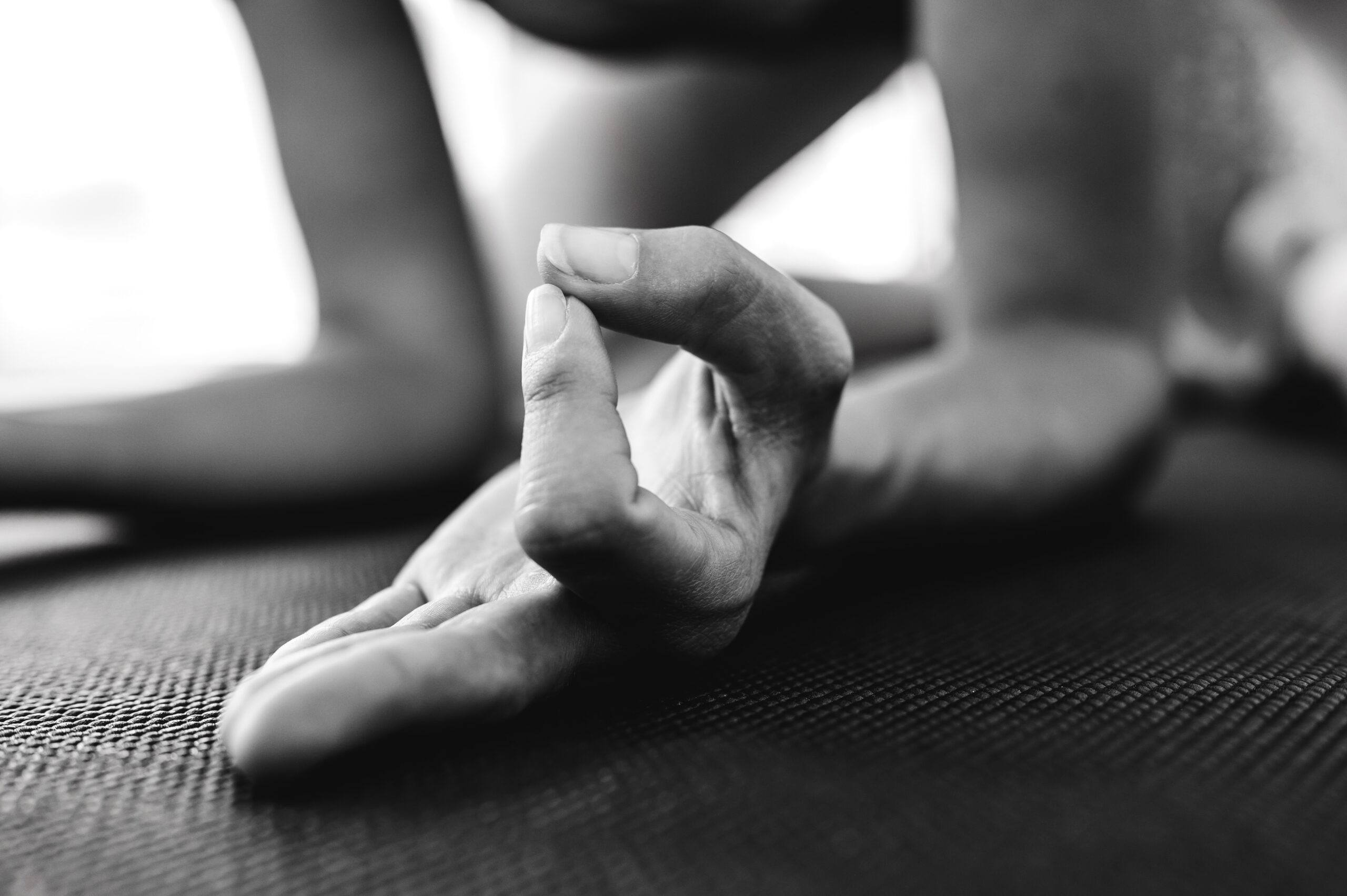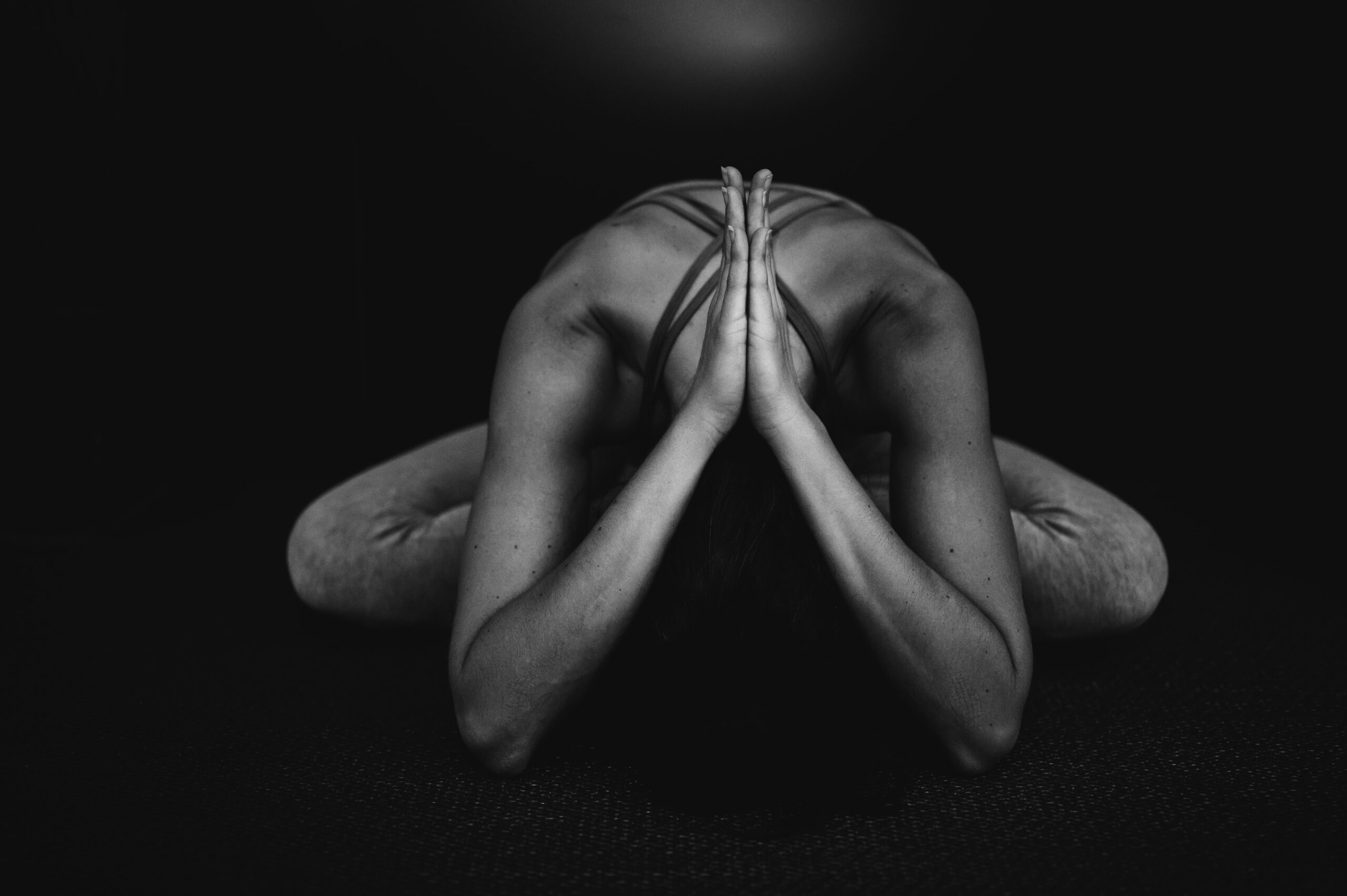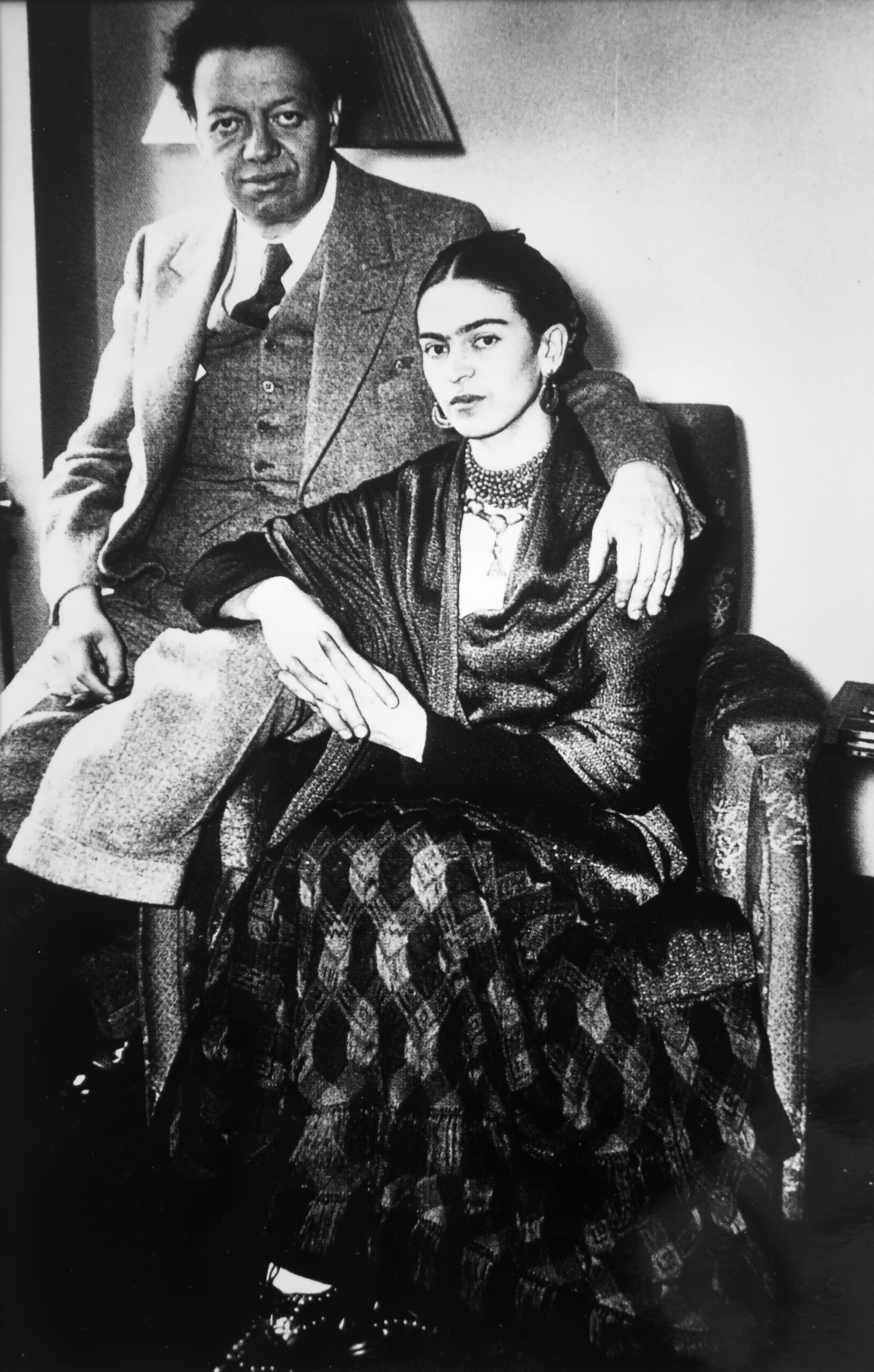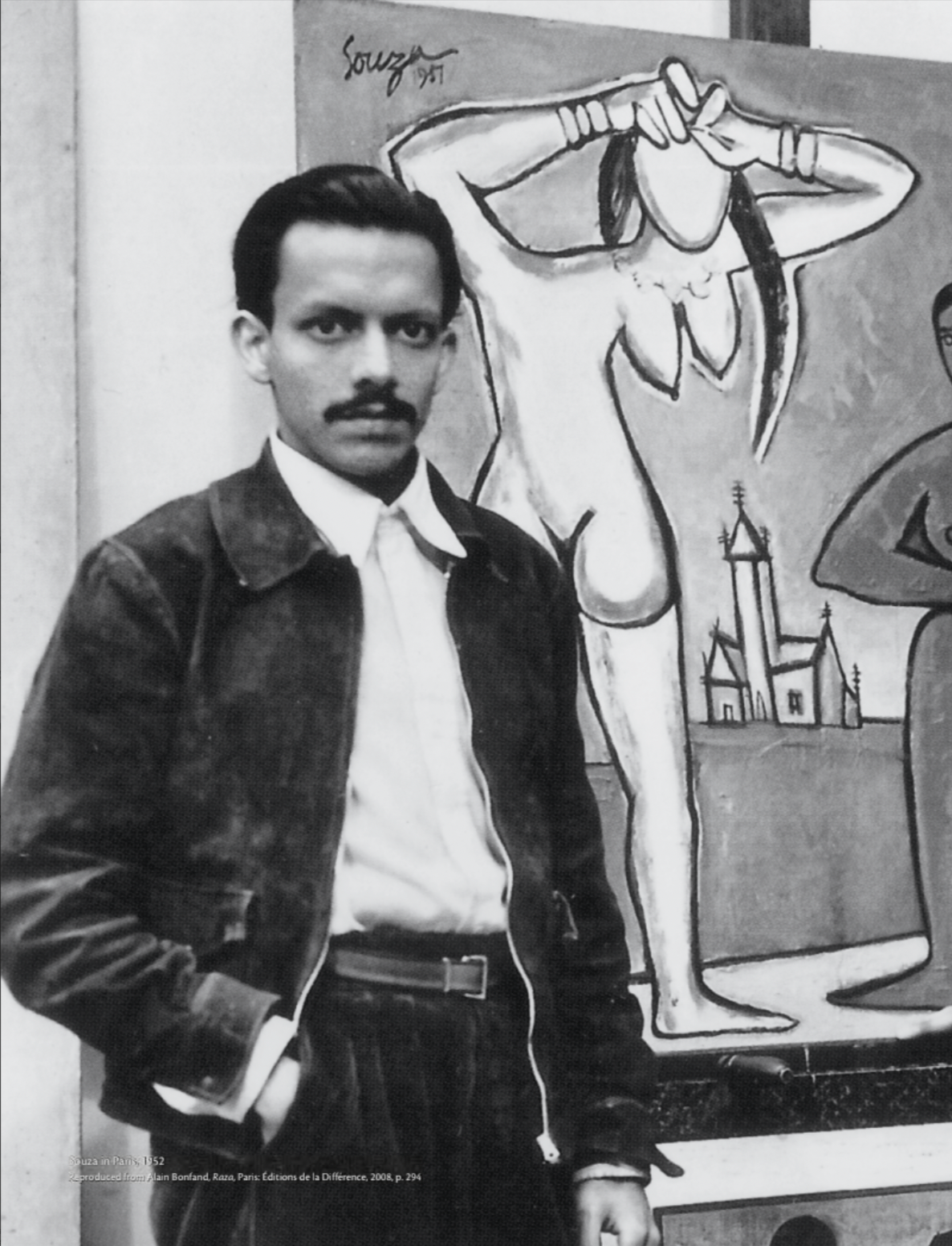At some point in our lives, many of us have ventured into the world of yoga, whether it’s through a single class, a dedicated practice, or merely a moment of curiosity. This universal appeal stems from yoga’s versatility, offering something for everyone, be it physical exercise, stress relief, or a journey of self-discovery.
Yoga, at its core, represents a spiritual discipline deeply rooted in the intricate science of harmonising the relationship between the mind and body. It is both an art and a scientific endeavour aimed at achieving a life driven by wellness and a heightened desire to be in alignment with one’s inner self. The word ‘Yoga’ derives its essence from the Sanskrit root ‘Yuj,’ which denotes the act of ‘joining,’ or ‘uniting.’ According to the yogic scriptures, the practice of Yoga leads to the unification of individual consciousness with the universal consciousness, signifying a profound harmony between the human mind and body, and the interplay between humanity and the natural world. Considered an ‘eternally relevant cultural legacy’ of the Indus Saraswati Valley civilization, dating back to 2700 B.C., Yoga has continually demonstrated its ability to nurture both the material and spiritual well-being of humanity. The bedrock of Yoga Sadhana lies in fundamental humane values, shaping the very essence of this ancient practice.
The earliest written records of yogic practices can be found in the ancient Indian texts known as the Vedas. These sacred scriptures, written in Sanskrit, outlined rituals and practices that were intended to connect individuals with the divine and gain a deeper understanding of the self. Yoga was mentioned in the Rigveda, one of the oldest of the Vedas, as a means of achieving spiritual enlightenment. Around 400 CE, the sage Patanjali compiled the Yoga Sutras, a seminal text that systematised and defined yoga as a practice. This work is considered the foundation of classical yoga. Patanjali outlined the Eight Limbs of Yoga, a step-by-step guide to achieving self-realisation and inner peace through ethical principles, asanas (physical postures), pranayama (breath control), and meditation.
As the centuries passed, yoga continued to evolve. Various schools and traditions emerged, each with its own interpretation and emphasis on different aspects of yoga. For instance, Hatha Yoga, which focuses on physical postures and breathing exercises, gained prominence in the Middle Ages. Kundalini Yoga explored the awakening of dormant energy within the body, and Bhakti Yoga centred around devotion and love for the divine. The 19th and 20th centuries marked a significant turning point for yoga. It began to spread beyond India’s borders, primarily due to the efforts of pioneering yogis such as Swami Vivekananda and Paramahansa Yogananda, who introduced yoga to the Western world. These early ambassadors of yoga presented it as a path to spiritual growth and inner peace.
In the 20th century, yoga underwent further transformations as it became intertwined with Western culture and the pursuit of physical health and fitness. This shift gave rise to modern forms of yoga, including Vinyasa, Power Yoga, and Bikram Yoga, which focused primarily on the physical benefits of yoga practice. The integration of yoga into mainstream fitness and wellness programs led to its widespread popularity.
Bikram Choudhury, the founder of Bikram Yoga, played a fundamental role in the global ascent of this wellness practice. His practice consisted of a series of 26 challenging postures and two breathing exercises practised in a room heated to a high temperature. This method became a sensation in the late 20th century, attracting legions of devoted practitioners worldwide. Choudhury’s innovation was the fusion of the physical and mental benefits of yoga with the intensity of high-temperature environments, making it widely sought-after. However, it’s important to note that the Bikram Yoga community faced controversy due to several severe allegations against Choudhury, which tarnished the legacy of this specific yoga style while reinforcing the broader appeal of yoga as a whole. Despite such setbacks, the global popularity of yoga endures, with a wide array of styles and practices available to meet the diverse needs of individuals seeking physical, mental, and spiritual enrichment
Yoga has surged to remarkable popularity in the modern world due to its multifaceted appeal and its ability to address the unique challenges of contemporary life. In an era characterised by fast-paced living, increased stress, and sedentary habits, this form of exercise and self-reflection offers a serene gateway to individuals seeking respite in the modern world. Furthermore, it provides a holistic approach to well-being, offering not only physical fitness but also mental clarity, emotional balance, and a path to spiritual growth.
The story of yoga is a testament to its enduring appeal and adaptability. From its ancient origins as a spiritual and philosophical practice in India to its current status as a global wellness phenomenon, yoga has continuously evolved to meet the needs and desires of people around the world. It serves as a reminder that the quest for self-realisation, inner peace, and holistic well-being is a universal pursuit that transcends time and culture. Its evolution from simplicity to significance highlights its timeless relevance in our fast-paced world today.
Words by Anithya Balachandran.
Image courtesy Unsplash.






